
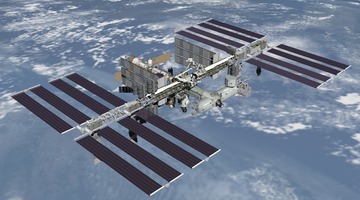
A satellite is anything that orbits around another object. Moons are natural satellites that orbit around planets, whereas artificial satellites are objects that people have made and launched ...
READ MORE

The value of the horticultural industry will increase with better pollination systems, robust quality control, better traceability systems, more cost-competitive practice and solutions for the ...
READ MORE
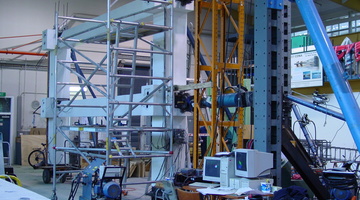
A visitor to the seismic engineering laboratories and test centres at the University of Canterbury, Christchurch, is likely to meet researchers and students of many nationalities. They are ...
READ MORE

We hear the word ‘innovation’ used a lot today, but it is often used to mean different things. In this activity, students clarify their understanding of innovation by exploring how it is ...
READ MORE

Space debris is leftover rocket parts and non-functional satellites and any other machinery or debris left by humans. Humans have been launching rockets into space since the 1950s, and now, 70 ...
READ MORE

Satellites and rockets are not easily accessible for most schools in New Zealand. Understandably, this can make experiencing space first hand somewhat difficult! However, students can still carry ...
READ MORE
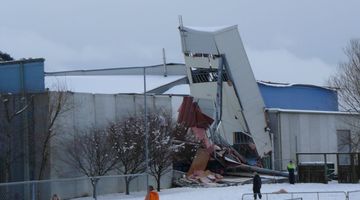
Large snow events in most parts of New Zealand are uncommon. However, if you are in the South Island or the central North Island, this citizen science project could be a great one for your ...
READ MORE

When St Francis Xavier Catholic School decided on the theme ‘Innovation’ as a whole-school science and technology focus, year 3 teacher Jo Collyer began searching for relevant teaching resources ...
READ MORE

In this online PD session recorded on 2 June 2016, Andrea Soanes from the Science Learning Hub was joined by three guest presenters – all inspirational women working in STEM – who shared their ...
READ MORE
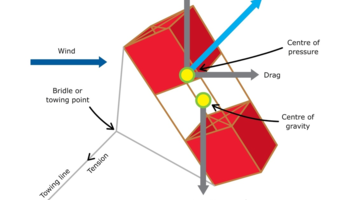
Are you looking for ways to teach forces? If you’re new to the Science Learning Hub, you may want to start with our introductory video on teaching physics. Help, I’m teaching physics Discover ...
READ MORE
Dr Allan McInnes and Dr Adrian McDonald, from the University of Canterbury, explain how gravity and projectile motion keep natural and artificial satellites in an orbital path.
READ MORE
This engaging video conveys key aspects of innovation for students. It explores the meaning and the process of innovation, why it’s important for New Zealand and how skills and attitudes needed ...
READ MORE
Robotics Plus is a Tauranga company focusing on the development and use of robotic technologies for horticulture and other primary industries. Their QuadDuster for artificial pollination of ...
READ MORE
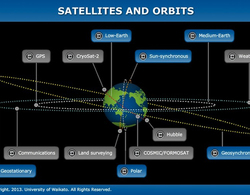
The size, orbit and design of a satellite depend on its purpose. In this interactive, scientists discuss the functions of various satellites and orbits. Accompanying fact files provide ...
READ MORE
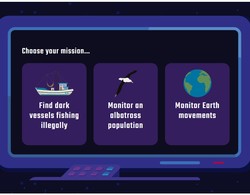
Choose a mission and then successfully build and launch a satellite that can help gather the data required. Select here for additional information on using this interactive simulation.
READ MORE

Use this interactive graphic organiser to highlight common alternative conceptions about gravity and satellites. Students can place the labels where they think they belong. This activity can be ...
READ MORE